Affiliate Marketing 101: Setting Up Affiliate Relationships for Success
by Ana Gotter • October 22, 2018
Working the hardest used to be the golden standard to go by. Who puts in the most hours? Who stays latest at the office and comes in earliest and really shows that dedication? That’s still a sign of dedication, but now, everyone is all about finding the easiest ways possible to make “passive income.” People want to actively make a profit while doing very little work for it.
Affiliate marketing has become a priority for businesses who want to do very little work to acquire customers and marketers who want to do little work to earn profit. Though this can lead to low quality products circulating online or shady “marketers” resorting to tactics like link spamming, affiliate marketing is actually an excellent opportunity for both affiliates and merchants who are willing to do it well. And that’s still a lot easier than alternative methods of income earning and advertising.
Interested in learning more? In this post, we’re going to go over what you need to know about affiliate marketing, including how to get started as an affiliate or a merchant, and all the dos and donts that you need to know.
How Does Affiliate Marketing Work?
Affiliate marketing involves two partners: the merchant and the affiliate.
The merchant is the business who sells the product or service. They’re looking to connect with new customers and get more sales, and will pay affiliates for every sale the affiliate refers back to the merchant that converts.
Affiliates are often people in the same industry, including prominent bloggers who can have readers that trust them, and they’ll promote your product for you in some way with the goal of getting people back to your site. This could be a blog article review, referring the product to clients they work with, or even just running ad campaigns themselves. Affiliates have their own designated affiliate link in most cases, though some programs use promo or referral codes to track traffic and then subsequent sales.

For every conversion (often a direct sale), affiliates receive an agreed upon fee. This may be a flat fee ($50 for every sign-up) or an immediate percentage of sales. In some cases, affiliates are only paid for the first sale, while in others they may be paid for all purchases made by a customer within a year, or indefinitely.
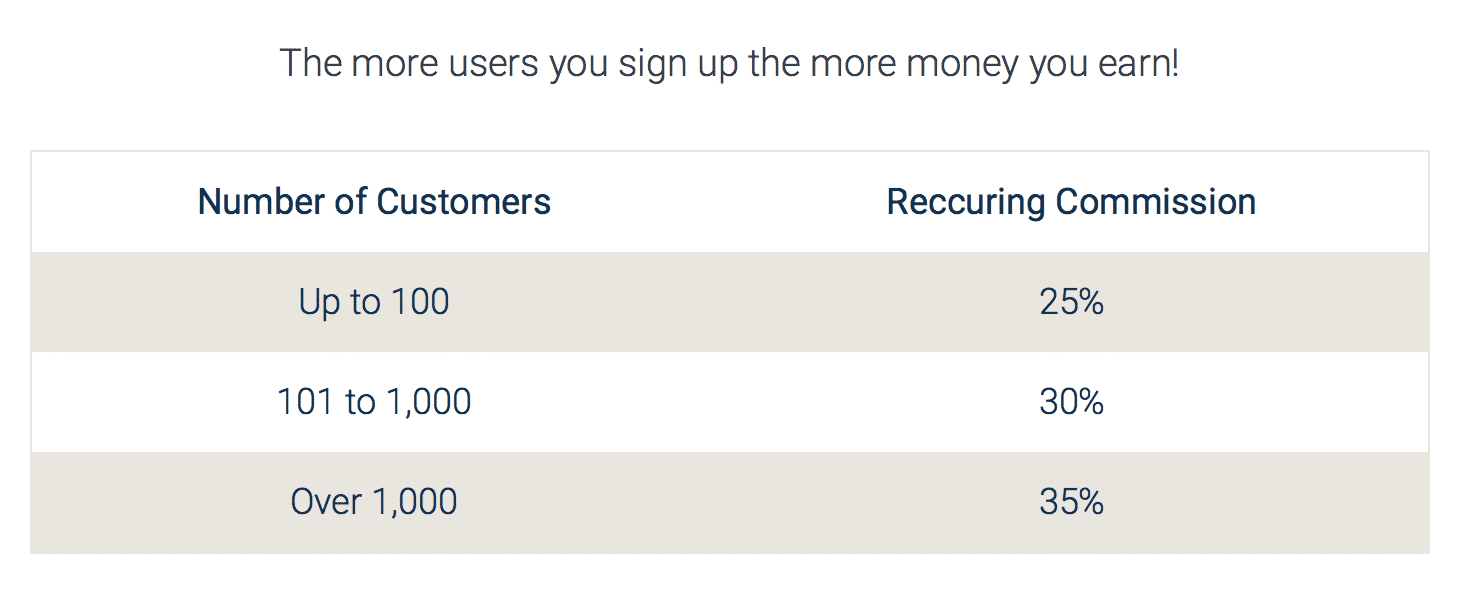
This may sound deceptive, but when affiliate marketing is done well, customers benefit, too. They’re exposed to products and services that are a good fit for their needs that they may not have found otherwise.
How to Become an Affiliate and Earn Revenue
There are several channels that you can use to become an affiliate.
You can find one or two great brands that you’re crazy about (and preferably have high paying programs!) and stick to promoting those through your own PPC ads, your blog posts, reviews, and more. This is an excellent choice if you’re passionate about the brand or if you have a large following that trusts you.
You also have the option of signing up for affiliate networks, like Amazon, which allow you to use the same marketing methods to promote whatever products you’d like for a paycheck if you get sales from your affiliate link or referral code. Pretty much anyone can do this.
Becoming an Affiliate for Select Brands
If you want to become an affiliate for select brands, first check the site for any mention of “affiliate programs” or “referral programs.” If most brands have these programs, they’ll have basic information about them and a form to sign up.
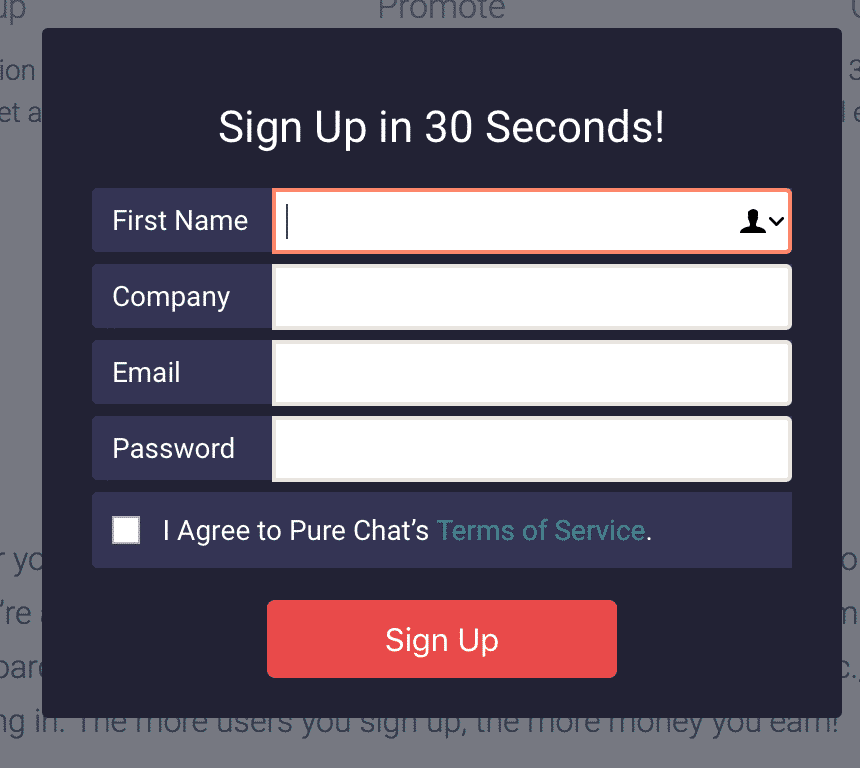
If you’re interested in being an affiliate but don’t see this information on the site, you can reach out to someone who works there directly and inquire about it. They may have a program of some sort but don’t have it publicized. Several companies who have contacted me to do affiliate marketing for them didn’t even have it listed on their site, likely to reduce low-quality applications. The answer here may be no, but it doesn’t hurt to ask.
Becoming an Affiliate For Products or Networks That Don’t Require Personalized Selection of a Brand
These programs will be clearly listed online, like Amazon’s and they’ll have guidelines for who and who doesn’t qualify. There will likely still be a review or approval process, but this isn’t typically selective except perhaps for factors like how much site traffic you get or domain authority. It’s simple and it typically doesn’t take long to get approved, if approval is even required.
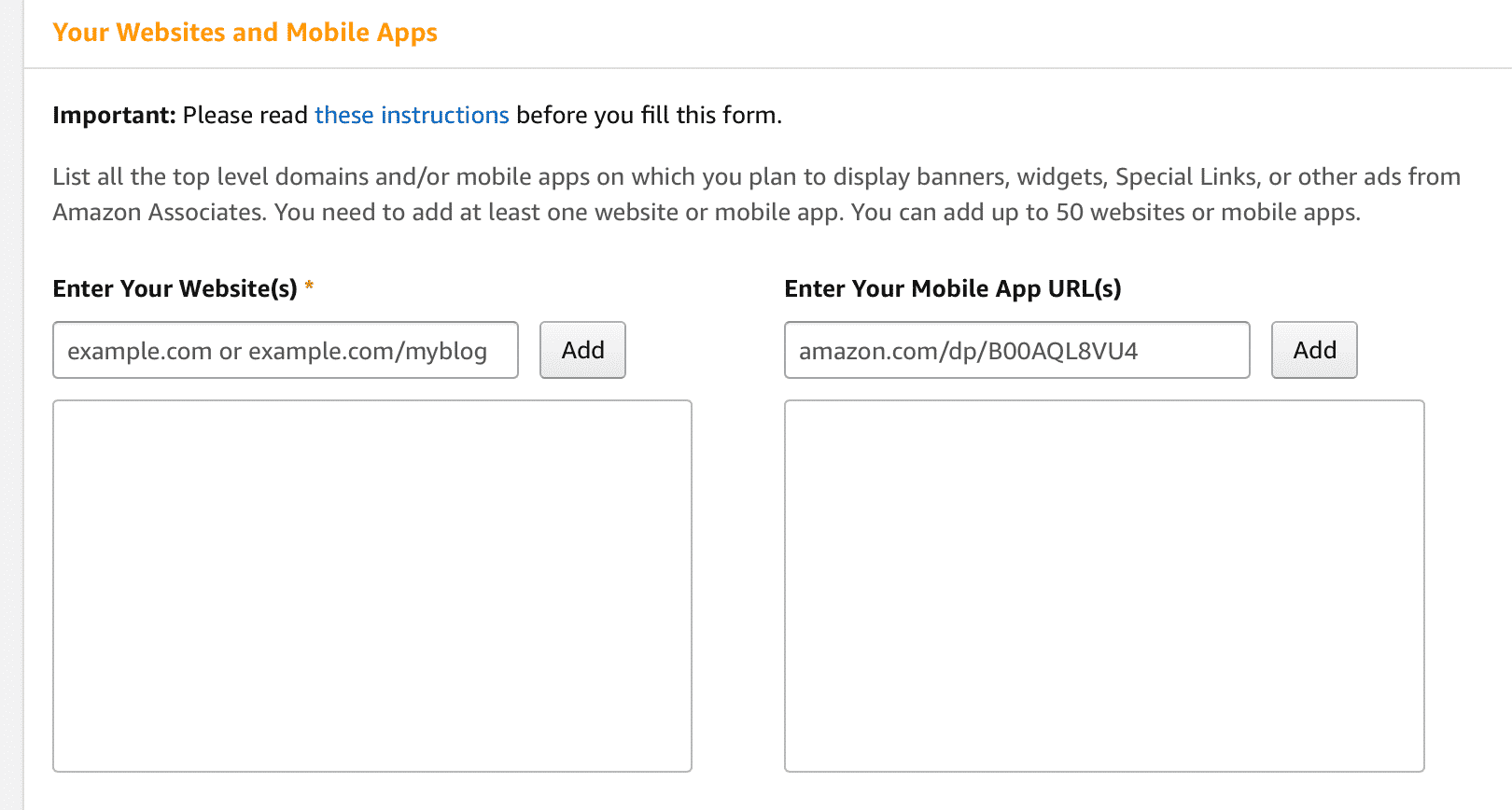
The Dos and Don’ts of Being an Affiliate
If you’re ready to start affiliating, then here are the rest of the do’s and don’ts you need to know.
Do:
- Be selective about the products you promote. As a blogger you typically will drive more referral sales if your referrals are relatively infrequent and very genuine. Your reputation is on the line here.
- Look for clear payment details. Some companies try to pull a “we’ll send you a fee.” They may not specify that fee, or exactly what customers have to do for you to get it, or when or how they’ll pay you. Find information about payment schedules, fees that come out of it, and any of the fine print here.

- Disclose affiliate status in reviews. Writing a rave review of an affiliate product in your blog? That’s fine and it’s a great way to get referral traffic to the merchant’s site. Just make sure that you disclose the relationship somewhere in the post to keep you in the clear.
Don’t:
- Exclusively look for the term “affiliate.” Terms like “referral partner,” “marketing partner,” or “brand ambassadors” are sometimes used instead. While they may not indicate affiliate opportunities, read the descriptions of the company’s program to find out.
- Promote products you’re iffy about. Unless you’re running anonymous ad campaigns to Amazon links, your name and reputation is tied to that product that you’re endorsing. You can lose reader trust quickly, and once you do it’s hard to get back. Nobody likes a “sell out.” Oh, and even if you’re only running anonymous ad campaigns, you still need to be careful. If you’re promoting crap products and enough users let the platform know, you could see rising ad costs or account suspension. Another important note here: don’t put affiliate links in guest posts. Other sites will see that and they really don’t like it, even if it doesn’t actually go against their policies.
- Expect to make crazy cash fast. Sometimes you can, but in many cases, even high paying affiliate work may take time to pay you. Payment schedules might be every three months, or net 60. Keep that in mind.
How to Find Affiliates For Your Products
If you’re on the merchant end of things and are ready to start working with affiliates, the best way to do this is really to set up an affiliate program. It’s standardized, there are clear rules in place and it’s therefore easy to advertise and easy to run.
Setting Up an Affiliate Program
Affiliate programs need to benefit the affiliate and merchant alike or they won’t work. When setting up your program, you’ll need to decide a few things:
- If you want to only invite select individuals to be partners and actual paid affiliates, or if you want to open up the application to anyone online. You’re completely in control in both cases and you never have to accept anyone you don’t want to. Some brands prefer to keep the word quiet about their programs just so they don’t have to deal with inquiries, and they prefer working with only very small numbers of affiliates (say three to five). If you decide this, great. If you do this, though, you could miss out on the opportunity to connect with enthusiastic and qualified affiliates just because they don’t know it’s there.
- The payment system you want to choose. Flat payments (like $50 per conversion) are easier for some brands, and can benefit a brand if the average conversion value is very, very high. That being said, flat rates can be even more incentive for affiliates. If you offer recurring payment, it can obviously eat into your profits, but it may also encourage the affiliates to send you more high quality traffic that you can turn into higher retention rates. It goes without saying that these should all be calculated carefully, as these fees eat into your profits. That being said, if you’re spending $24 per low quality lead and you can pay an affiliate $50 for higher quality retainer clients, that’s easily worth it.
- How and when you want to pay. These details matter. How are you going to pay your affiliates? PayPal? Check? Bank transfer? What if they live in another country– if you’re paying by check, what then? You also need to decide if you’ll pay out after each sale, at certain time intervals (like biweekly, monthly, or every few months).
The Dos and Donts of Establishing An Affiliate Program
As you’re getting your affiliate program up and running, there are some dos and don’ts to keep in mind.
Do:
- Reach out to individuals who might be interested. Particularly people you may already have a working relationship with. This is typically a good call, as they’re invested in your brand and are more likely to be excited about it.
- Have clear terms of service. Having clear rules in place will keep your brand safe from all sorts of things, including “affiliates” who link spam your product everywhere (which could end up hurting you). You can also have specific guidelines for who can be an affiliate and types of content that your affiliate link can not appear on.
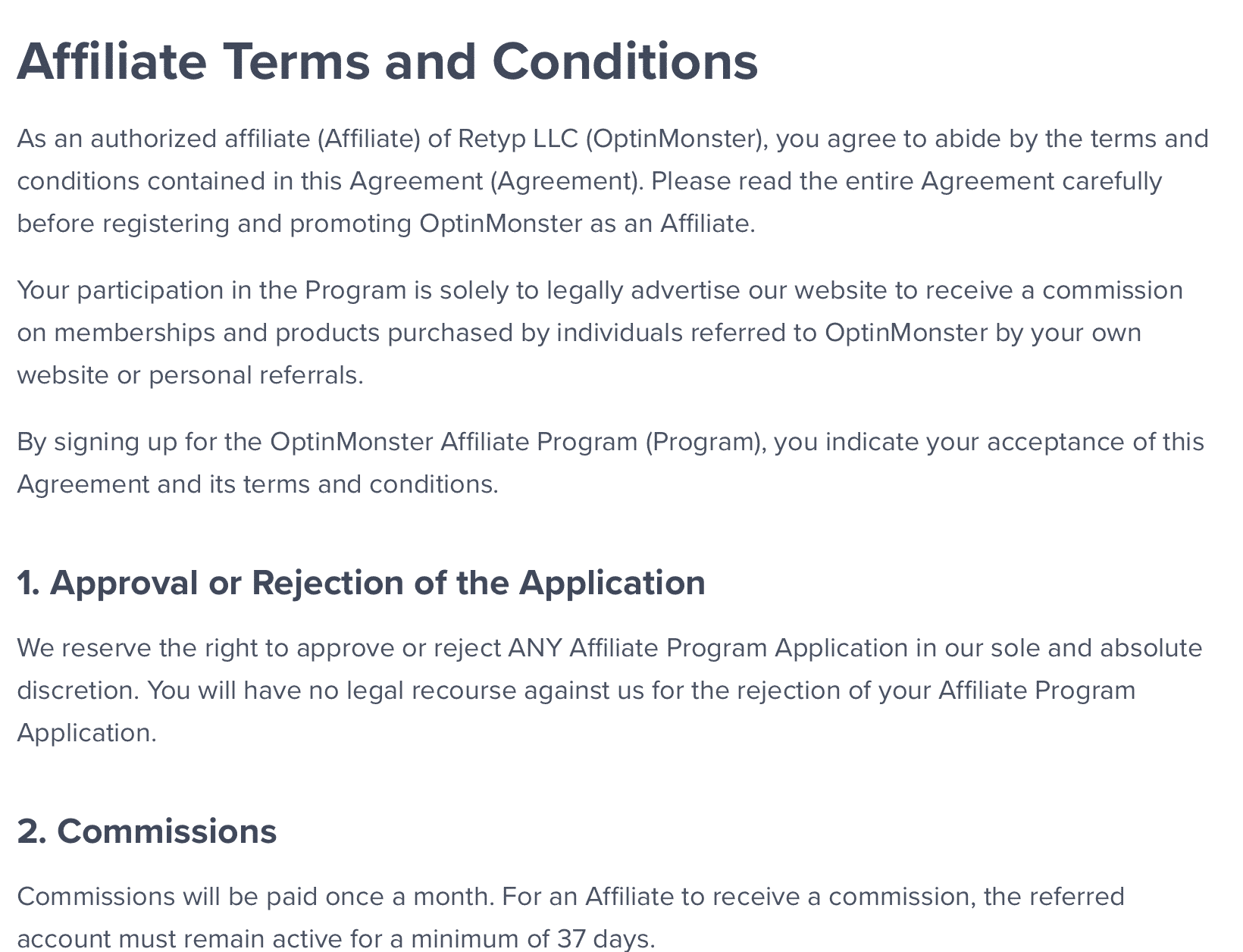
- Be transparent. If you want to have an affiliate program, place the details visibly on your site, even if you want to be selective about who can be an affiliate. Have a registration form or someone who interested individuals can contact for more information. You don’t need to list pay rates publicly, but you should mention whether people are getting perks like discounts or free months to your service or an actual paycheck in the mail.
Don’t:
- Offer different rates to affiliates based on status. It’s typically not a good idea to offer one affiliate higher rates than another, this starts to get into influencer marketing, which is a whole different ball game. It becomes difficult to keep with inconsistent pay rates, so go for one flat rate.
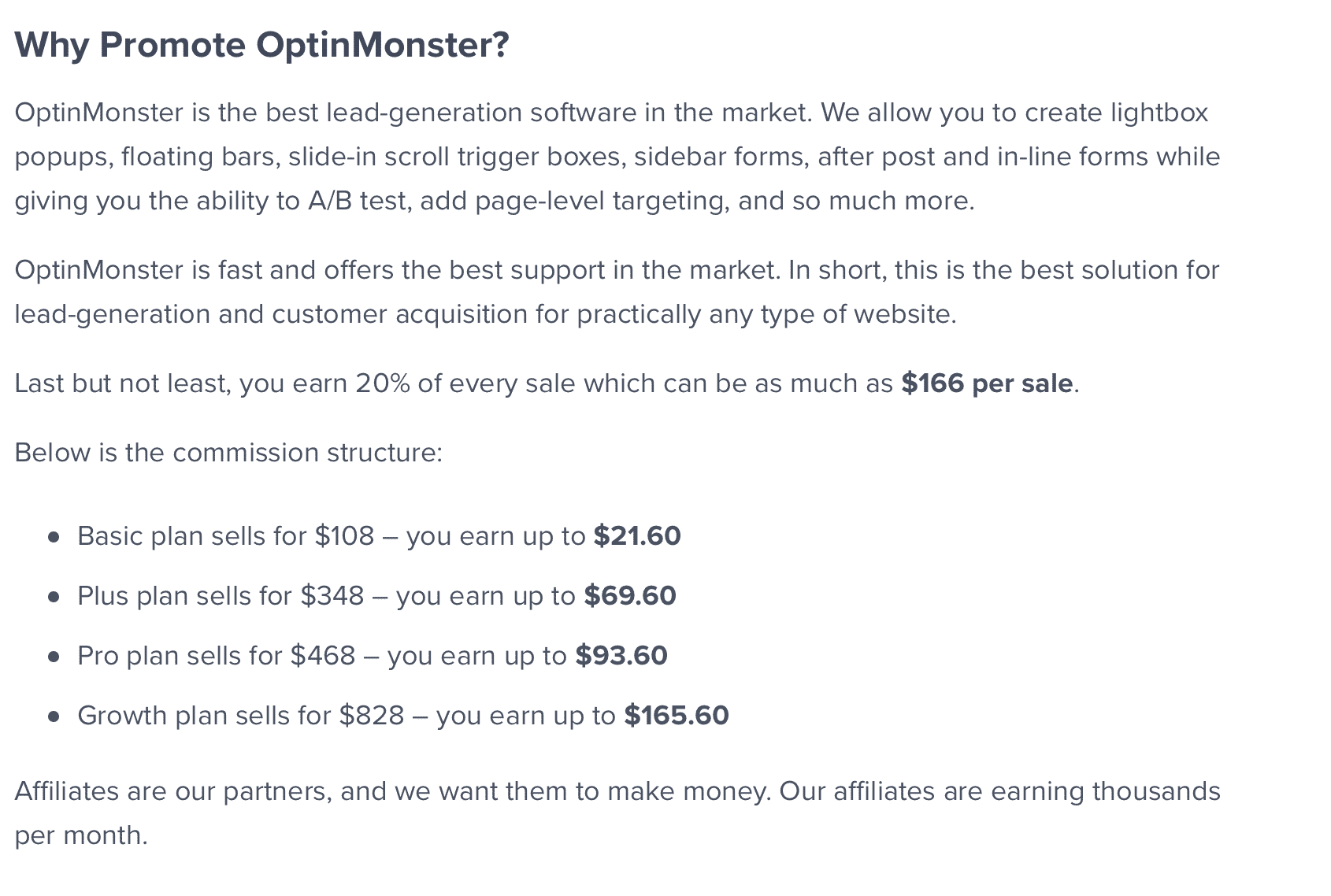
- Go too low or too high on pay. Affiliate programs are an excellent opportunity for brands, but in order for it to be a win-win for everyone, you need to find the Goldilocks of payouts. Too low and affiliates may not be properly incentivized to be sell—too high and you lose profit. Look at the average customer lifetime value to calculate this.
- Lose track of the program. You don’t want affiliates coming knocking down your door angry about not getting payments. They can tarnish your name if you slip up here. Stay on top of this and track it carefully.
Conclusion
When done well, affiliate marketing really is a win-win for everyone involved. The affiliate, the merchant, and even the consumer all directly benefit from the relationship. Affiliates get a paycheck, merchants sell more products (and still typically at a profit) and consumers get to learn about products they love.
Whether you’re the affiliate or the merchant, quality in your affiliate partners will always make a difference. Consider being selective in who you choose to partner up with or how the programs work—it can make a big difference in the results you get.
What do you think? Do you participate in affiliate marketing either as a merchant or an affiliate? What best practices have worked for you? As a consumer, what makes you most likely to purchase due to an affiliate? Let us know in the comments below!




